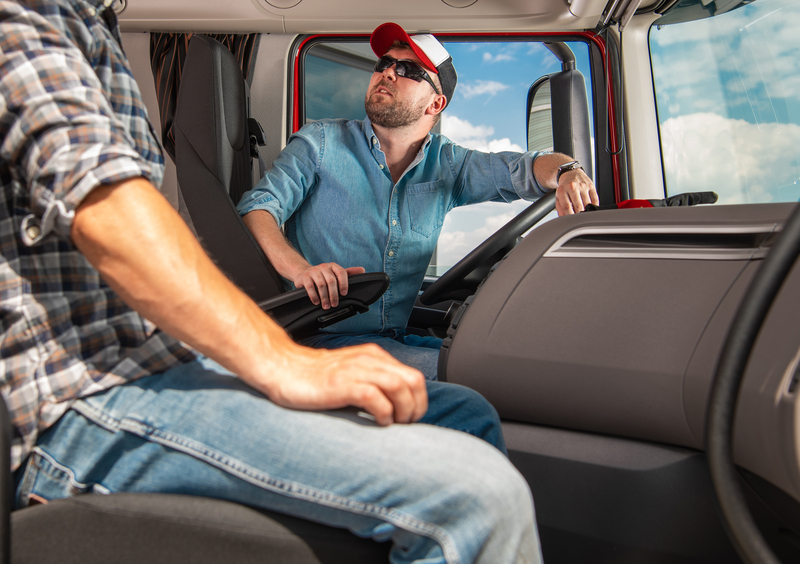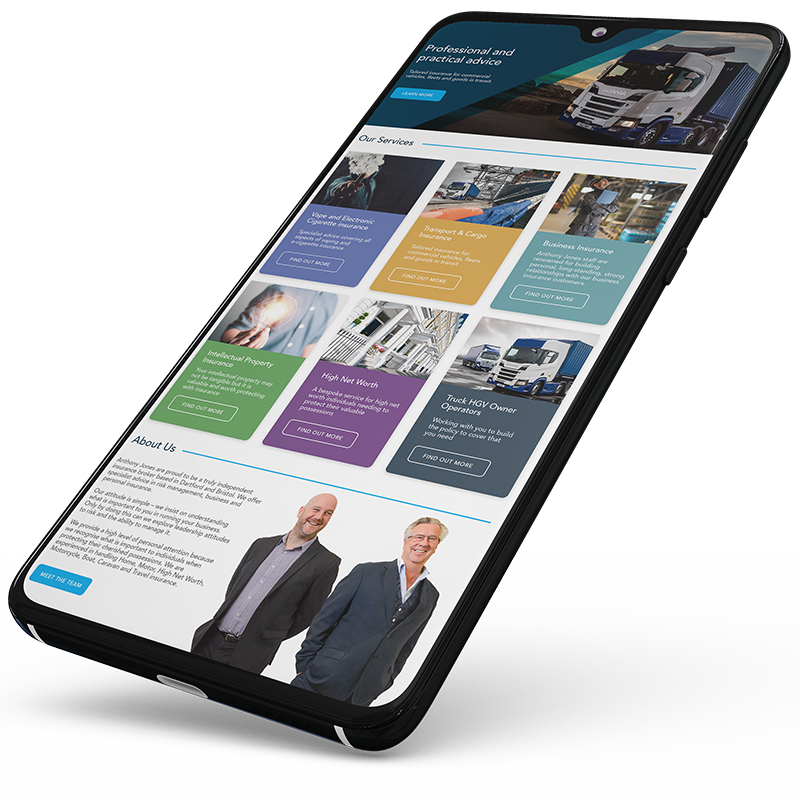Double manning means that drivers in your fleet can stay on the road for longer, without breaking any drivers’ hours rules.
In this post we’ll explore what double manning is, and how it works in relation to drivers’ hours, rest times, and tachographs.
For more information on how we can help you and your fleet, get in touch with us on 020 8290 9099 or email us at commercial.motor@anthonyjones.com.
What is Double Manning?
Double manning means that there are two drivers onboard the same vehicle, who will share driving duties over the course of the journey. For a vehicle to be considered “double-manned”, these two drivers must either be onboard at the start of the journey, or within the first hour of the journey.
Both drivers must be qualified to drive the specific vehicle type, and each driver should have their driver cards with them.
The Benefits of Double Manning
Double manning means that a vehicle can be driven for much longer than would be possible with a single driver.
Both drivers can effectively combine their driving hours. They’ll still have to take breaks, and there will still have to be a rest period. But if you manage the system correctly, the vehicle can be on the road for up to 20 hours at a time. For this, both the driver and the passenger would have to be eligible to drive the extended daily drive time of 10 hours.
Some fleets also use double manning as part of the induction process. New drivers can join an experienced driver on their journey as a passenger. They can see how things work in real time, then take over driving when their time comes for some on-the-job training.
Tachograph Rules For Double Manning
While a vehicle is double-manned, the tachograph rules apply to both drivers. This means that each driver requires a daily rest period of nine hours within a 30-hour period. This period begins after each drivers’ last daily or weekly rest period has concluded.
How it works:
- The driver should put their card in slot 1 of the tachograph, and the passenger should put their card in slot 2.
- When the passenger takes over driving, they should put their card in slot 1 and put the first driver’s card in slot 2.
- While the passenger’s card is in slot 2 of the tachograph, the first 45 minutes of the journey will be logged as a break. After this, their activity will be logged as a period of availability (POA).
- Any time spent as a passenger will be considered a break. However, it does not count towards the daily rest period.
- As a result, even when sharing driving duties, both drivers will eventually have to take a daily rest over the course of the double manning session.
Unless the vehicle’s parked in an operating centre, if either driver has to travel to the vehicle before they start driving, then that travel time must be logged as other work.
Making the Most of Double Manning
You’ll have to carefully manage your drivers’ schedules if you want to make the most of double manning.
Every driver in your fleet will have a daily driving limit of nine hours. Twice a week, they can extend this to 10 hours. So if you want to keep your vehicles on the road for as long as is legally possible, you’ll have to ensure that the double manning sessions fall on days when both drivers are able to commit to 10 hours of driving.
You’ll also have to carefully plan how the journey begins. Remember that, to qualify for double manning, both drivers must be in the same vehicle either at the start of the journey, or within the first hour.
This means that the first driver may pick up the second passenger as part of their journey, so long as they do so within an hour of setting out. If the second driver has to travel to the vehicle, then their travel time will count as other work, which may affect their resting and working schedule.
One further thing to bear in mind: While the second driver is sat in the passenger seat, they’re not permitted to perform any other kind of work. This might extend to communicating with your back-office team over the course of the journey. So in order to remain totally compliant, you must ensure that anyone who needs to contact the vehicle while it’s on the road only talks to the driver behind the wheel.
Double Manning Can Improve Road Safety
Driver fatigue is one of the leading causes of road accidents. Having two drivers in the cab can help you fight fatigue, as one driver can take over should the second one start to flag.
John Donaghy, Senior Manager, Commercial Motor and Fleet Risks says:
“Double manning is a great strategy for improving your fleet efficiency while managing certain risks associated with driver fatigue. And the best thing is that, if you can evidence aspects of your risk management, you can help to bring down the cost of your commercial motor insurance.
“Talk to your insurer about your double manning processes, and show them how you carefully manage your drivers’ schedules in order to make the most of the system. This will demonstrate that you take road safety seriously, and you may make a saving on your premiums.
“At Anthony Jones, we’re always happy to discuss strategic risk management with fleet managers. We’ll show you how you can get the best for your fleet, and we’ll help you access the specialist cover you need at a competitive price.”
For more information on how we can help you and your fleet, get in touch with us on 020 8290 9099 or email us at commercial.motor@anthonyjones.com.


